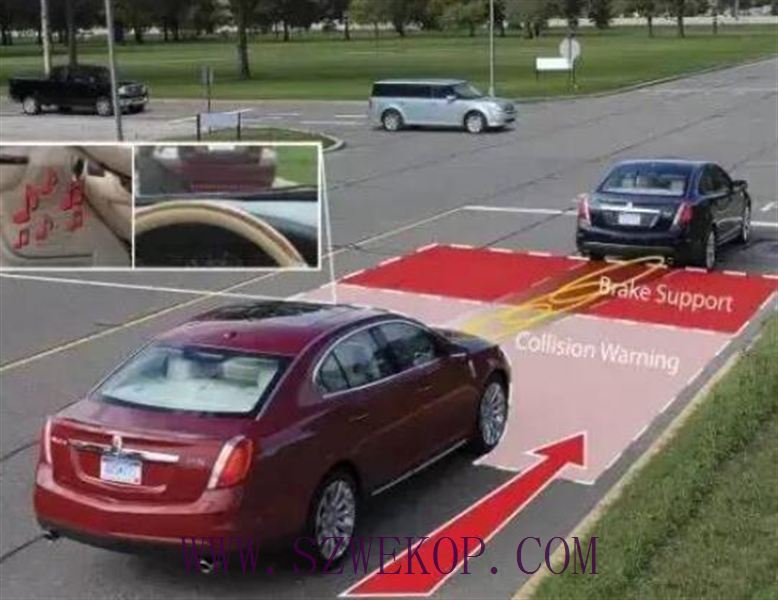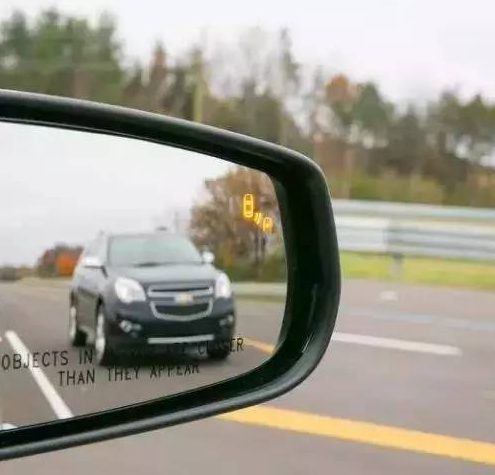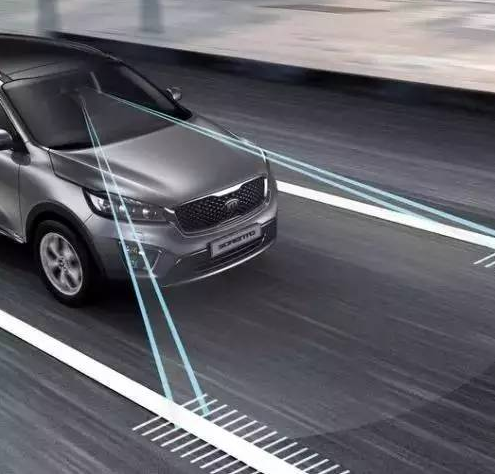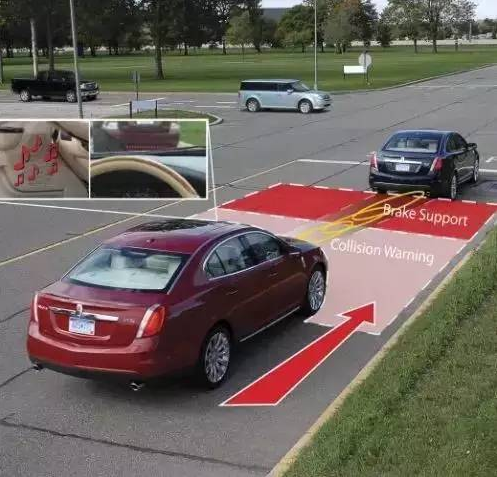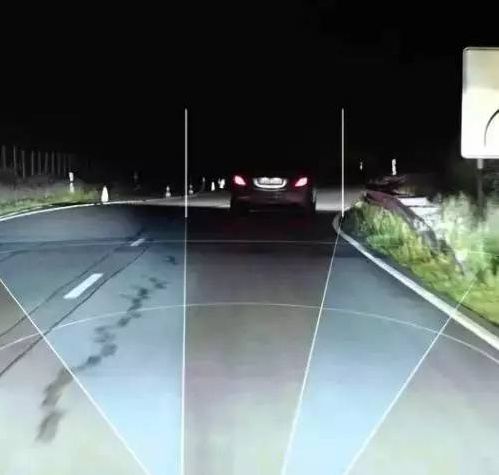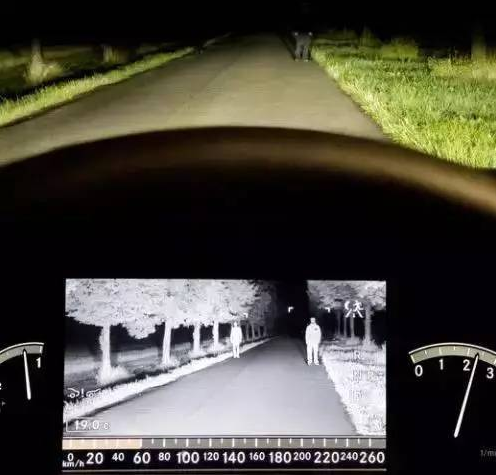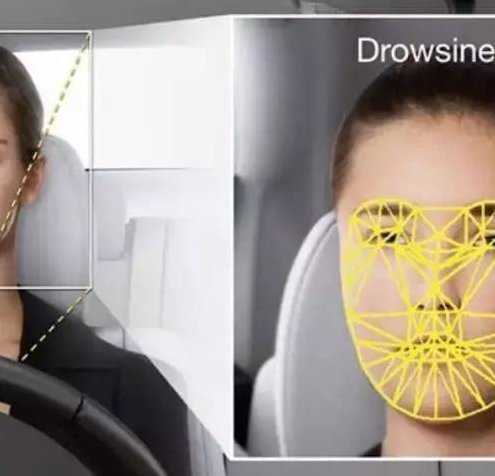Advanced Driver-Assistance Systems
ADAS is the use of all kinds of sensors installed on the car, in the first place to collect the car inside and outside environment data, static and dynamic object recognition, detecting and tracking, such as technical processing, which can let the driver in the fastest time to detect the possibility of danger, in order to attract attention and improve the safety of active safety technology.
The sensors used by ADAS include cameras, radars, lasers, and ultrasound waves. They can detect light, heat, pressure, or other variables used to monitor a car’s condition. They are usually located on the front and rear bumper of the vehicle, side view mirror, inside the driving rod, or on the windscreen.
The early ADAS technology mainly used passive alarm. When the vehicle detected potential danger, it would issue an alarm to remind the driver to pay attention to abnormal vehicle or road conditions.Active intervention is also common with the latest ADAS technology.
Automotive advanced auxiliary driving systems usually include:
- ISA (Intelligent speed adaptation or intelligent speed advice);
- (Vehicular communication systems);
- ACC(Adaptive cruise control);
- LDWS (Lane departure warning system)
- (Lane change assistance);
- Collisionavoidance system or Precrash system);
- (Night Vision);
- (Adaptive light control)
- (Pedestrian protection system)
- (Automatic parking)
- (Traffic sign recognition)
- ( Blind spot detection)
- (Driver drowsiness detection)
- (Hill descent control)
- (Electric vehicle warning sounds)
1、Blind spot detection
The blind spot of a car driver refers to the area invisible to the left, right and inside of three rearview mirrors. It is believed that many drivers have a deep impression of the blind spot.The blind spot detection system USES radar and sensors to detect the blind spot area behind the vehicle. When the blind spot area detects the approaching of the vehicle, it will provide warning to the driver and help the driver minimize the accident probability.
2、Parking assist system
The ADAS parking system benefits many beginners who cannot park.The parking assistance system is divided into two types, active and passive. The former system automatically controls the steering wheel to help the driver complete the parking.The latter is composed of image (camera) and image (ultrasound) as sensing unit, providing more information around the car body for the owner to grasp and reduce the chance of collision.
3. LDW
The system composed of camera, sensors and controllers, the principle is to use the camera in or on the side of the car rearview mirror, sampling the lane mark line, through image processing the current car in the driveway of the seat, as long as the car veering off at this moment, the controller will send alarm signal, from sensors to alert, takes about 0.5 seconds, in real time warning, wake up driving, avoid the happening of the accident.
4、 FCW
By installed in front of the radar, and detect the car in front of the vehicle’s speed and distance, will send out the early warnings to alert the driver, if the vehicles continues to close, the vehicle will automatically first light on the brakes, and gently pull the seat belt 2-3 times, warning drivers to determine if the system bumping is unable to avoid, start automatically after the emergency brake (AEB), will tighten belt fixed driver immediately at the same time, reduce the damage after the accident.
5、Roadworthy headlight system
The system can be in accordance with the different road conditions, the environment, the speed and weather conditions, automatically adjust the lamp lighting range and Angle, let the light irradiation range can be more far-reaching, without image to the other in the line of sight of passersby, to provide drivers with more safe and comfortable to have car lighting, AFS active steering head lamp, from the past to now the combination of sensors more than LED intelligent head lamp, are all belong to the category of the system
6、Night Vision System
It can help drivers to automatically identify animals or large foreign objects at night or in bad weather when their vision is not clear and they cannot see clearly. It can also warn drivers of road conditions in front of them to avoid accidents.The discrimination method is to perceive the difference of heat with infrared ray, and distinguish the difference between people, animals, vehicles and environment. After processing, it is transformed into an image, and the objects that cannot be clearly seen are clearly presented in front of the driving eyes, so as to reduce the risk of driving.
7、ACC
This is done by installed in the vehicle from the front of the car sensor, continue to scan the road ahead to learn that the speed of vehicles and vehicle relative distance, the road will automatically detect the speed of the car, when the distance of the car and more and more hours, will correspond to adjust their speed, and keep a safe distance from vehicles ahead, reducing the occurrence of collision accident, the so-called premium automatic cruise system, currently many models are visible trace of the system.
8.Driver Physiological Status Monitoring
Current systems mostly use camera to detect drivers face, judge the degree of concentration, if there is a symbol of doze off, and the system is using frequency drivers eyes open and close, to identify security levels, provide suitable warning or assist in action, if the driver’s facial expressions change, appear even close your eyes, the vehicle will be through the sound and lights to alert drivers to, in order to reduce accidents.

